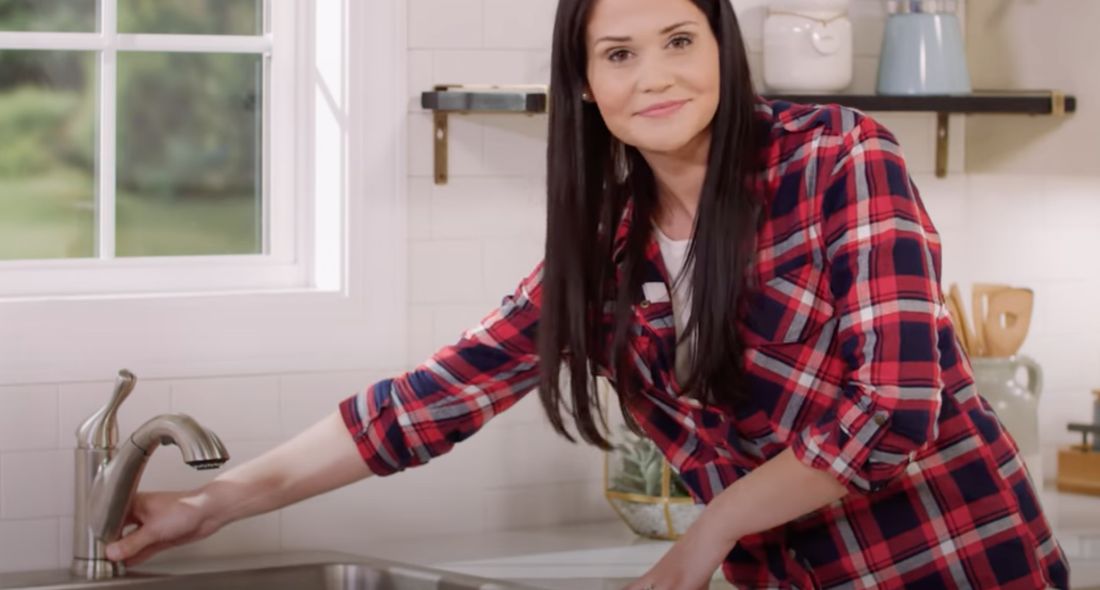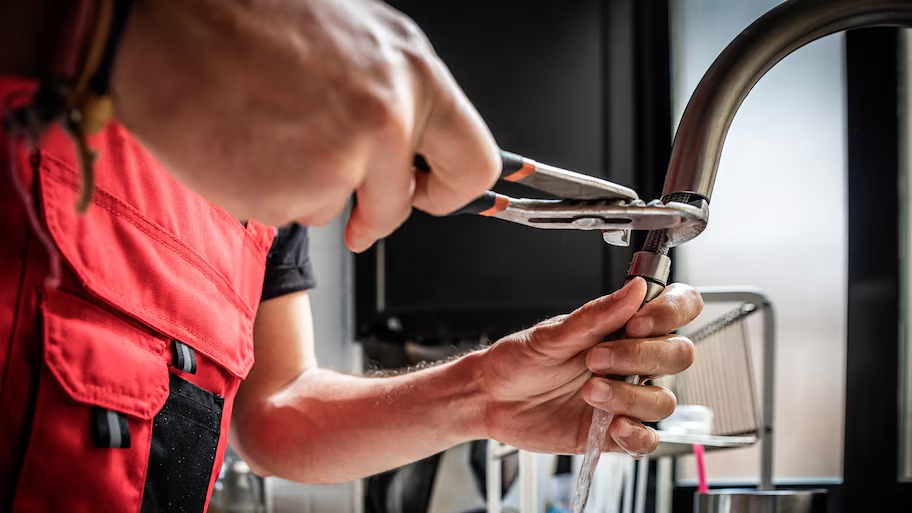What It's Important to Correct a Faulty Faucet
What It's Important to Correct a Faulty Faucet
Blog Article
This post in the next paragraphs on the subject of Why Are My Faucets Dripping (And Can I Fix It Myself)? is indeed remarkable. Try it and make your own personal final thoughts.

Trickling taps may appear like a minor trouble, however their effect surpasses just the nuisance of the noise. From wasting water to incurring unneeded financial prices and wellness dangers, disregarding a leaking faucet can cause numerous repercussions. In this post, we'll explore why it's vital to resolve this usual house problem without delay and efficiently.
Waste of Water
Environmental Influence
Dripping taps contribute dramatically to water wastefulness. According to the Environmental Protection Agency (EPA), a single faucet dripping at one drip per secondly can lose more than 3,000 gallons of water per year. This not just pressures water resources but also influences communities and wild animals based on them.
Financial Expenses
Enhanced Water Expenses
Beyond the environmental influence, leaking faucets can pump up water bills substantially. The built up wastage gradually translates right into higher energy costs, which might have been prevented with prompt fixings.
Potential Property Damage
In addition, extended leaking can result in damage to fixtures and surfaces bordering the tap. Water buildup can create discoloration, deterioration, and also architectural problems if left neglected, causing extra repair service costs.
Health and wellness Worries
Mold And Mildew and Mildew Growth
The continuous visibility of dampness from a dripping faucet produces an optimal environment for mold and mold development. These fungi not just endanger indoor air top quality yet additionally position wellness threats, particularly for individuals with respiratory system conditions or allergies.
Waterborne Illness
Stagnant water in dripping taps can end up being a breeding ground for germs and other microorganisms, raising the risk of waterborne diseases. Contaminants such as Legionella germs grow in stationary water, potentially bring about significant ailments when consumed or inhaled.
DIY vs. Professional Repair work
Benefits and drawbacks of DIY Repair Work
While some may try to deal with a trickling tap themselves, DIY repair services feature their very own collection of difficulties. Without proper understanding and tools, DIY attempts can intensify the issue or result in incomplete repair work, lengthening the issue.
Benefits of Working With a Professional Plumber
Working with an expert plumber makes sure that the underlying reason for the dripping faucet is resolved effectively. Plumbing technicians have the experience and equipment to identify and repair tap concerns effectively, saving time and minimizing the risk of further damage.
Step-by-Step Overview to Dealing With a Dripping Faucet
Devices Required
Before trying to deal with a trickling tap, gather the needed devices, consisting of a flexible wrench, screwdrivers, substitute components (such as washing machines or cartridges), and plumber's tape.
Common Faucet Issues and Their Solutions
Identify the sort of tap and the certain issue causing the drip. Usual troubles consist of damaged washers, corroded shutoff seats, or damaged O-rings. Describe maker directions or on the internet tutorials for detailed advice on repair work.
Preventive Measures
Regular Upkeep Tips
To stop leaking faucets, carry out regular upkeep such as cleaning aerators, inspecting for leakages, and changing damaged components promptly. Furthermore, take into consideration mounting water-saving devices or updating to more reliable fixtures.
Value of Prompt Repairs
Attending to trickling faucets as quickly as they're noticed stops additional water wastage and potential damage, inevitably saving both water and cash over time.
Influence On Property Worth
Assumption of Well-Maintained Property
Preserving a property in good condition, including resolving maintenance problems like leaking taps, improves its regarded worth and value among potential customers or occupants.
Influence on Resale Worth
Qualities with well-kept plumbing fixtures, consisting of taps, command higher resale worths in the property market. Resolving leaking faucets can add to a positive impact during residential or commercial property examinations and settlements.
Ecological Responsibility
Individual Contribution to Conservation
Taking duty for repairing dripping taps lines up with broader initiatives towards water conservation and ecological sustainability. Every person's actions jointly make a substantial influence on preserving precious sources.
Lasting Living Practices
By focusing on timely repairs and adopting water-saving routines, people add to sustainable living practices that benefit both existing and future generations.
Conclusion
Attending to a dripping faucet surpasses simple ease; it's an important step towards preserving water, reducing economic prices, and safeguarding health and wellness and residential property. Whether via do it yourself repairs or expert assistance, taking action to repair dripping faucets is a little yet impactful means to promote responsible stewardship of sources and contribute to a healthier, a lot more sustainable future.
How to Fix a Leaky Faucet: Step-by-Step Repair Guide
A leaky faucet may seem like a simple annoyance, but if it's not fixed promptly, that leak could cost hundreds to potentially thousands. From water damage to mold, mildew, and high water bills, even a tiny leak can be catastrophic if left unattended. Damage like this can even affect the overall value of your home, so it's important to take the right approach for leaky faucet repair. You may need the help of a plumber in some cases, but we've got a few tips you can try on how to fix a leaky faucet before calling the pros.
Four Faucet Types
When you're learning how to fix a leaky faucet, the first step is knowing what kind of faucet you're working with! There are four common types.
Cartridge Faucets
Cartridge faucets come in one- or two-handled varieties. In one-handled cartridge faucets, hot and cold water combines in a single cartridge. In the two-handled versions, hot and cold water are controlled separately and mixed in the faucet.
Ball Faucets
Ball faucets have a single lever you push up and down to adjust the pressure and rotate to change the temperature. A slotted metal ball controls the amount of water allowed into the spout.
Compression Washer Faucets
They're the oldest type of faucet, but they're still used in many homes — especially older ones. Compression faucets have two separate handles that, when turned, raise or lower the washer that seals a water valve. This valve stops water from flowing through the faucet when it is turned off.
Disc Faucets
Disc faucets rarely need to be repaired due to their maintenance-free design. The water flow is controlled by two discs — the upper one raises and lowers against a fixed lower disc, creating a watertight seal. If your disc faucet starts leaking, you may need to replace the seals or clean residue buildup from the inlets.
Fixing a Leaky Faucet
Step 1: Turn Off the Water
Whether you're learning how to fix a leaky bathtub faucet or how to fix a leaky kitchen faucet, always turn off the water supply to your working area when you're fixing a leak. The last thing you want is a flood added to your list of things to fix.
Look for the shutoff valves below your sink or around the tub and turn them clockwise to stop the water flow. If your faucet doesn't have shutoff valves, you may need to turn off the water for the whole house. Check to make sure it's off by turning the faucet on. If nothing comes out, you're ready to start the repair.
Step 2: Take Apart the Faucet
How you disassemble your faucet depends on the type of fixture you have. You can use a flathead screwdriver to remove the caps on top of the handle or handles for cartridge and compression faucets. Inside, you should see handle screws. Unscrew these with a screwdriver to remove the handle.
Disc- and ball-style faucets will typically have an inlet screw near the handle, and removing that will reveal the interior of the faucet.
Detach the Valve Stem
For cartridge- and compression-style faucets, you'll see the inner valve stem or cartridge once you remove the faucet handles. If you have a compression faucet, unscrew the brass valve stem. If you have a cartridge faucet, pull out the cartridge. If your cartridge has been in place for a while, it may require some tools or extra force to remove it due to mineral deposits.
Examine and Replace Parts
Once you've removed the parts, check them out to confirm what needs to be replaced. You may see corroded rubber washers, O-rings, stems, or cartridges. On a ball-style faucet, check the seats and springs for damage.
If you need to repair a leaky disc faucet, check the inlet and seals on the lower disc.
Once you determine what parts must be replaced, visit your local hardware store. Bring the damaged parts with you to ensure you can purchase the correct components to replace them.
Clean Valves and Faucet Cavity
If you've removed a stem or cartridge, you may notice mineral buildup in the faucet's threads. Use white vinegar to clean the valve seat by soaking it for a few minutes, then scrub it away with a soft toothbrush and rinse with warm water. You can also clean the interior of the faucet in the same way.
Reassemble the Faucet
Once your faucet is cleaned and the required parts have been replaced, it's time to reassemble it. Put the pieces back together and slowly turn the water supply back on. Doing this slowly is crucial because too much initial water pressure can damage the new hardware you've just installed.
https://homewarranty.firstam.com/blog/how-to-fix-leaky-faucet

I discovered that content on Leaky Faucets: Why They Happen & What to Do About Them while exploring the search engines. Sharing is caring. Helping people is fun. Thanks for being here. Revisit us soon.
Report this page